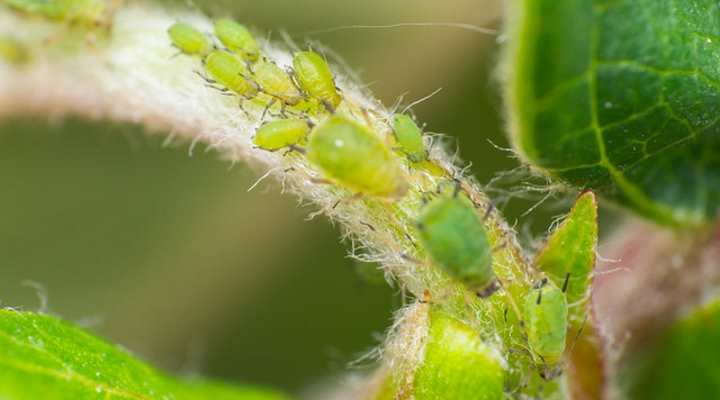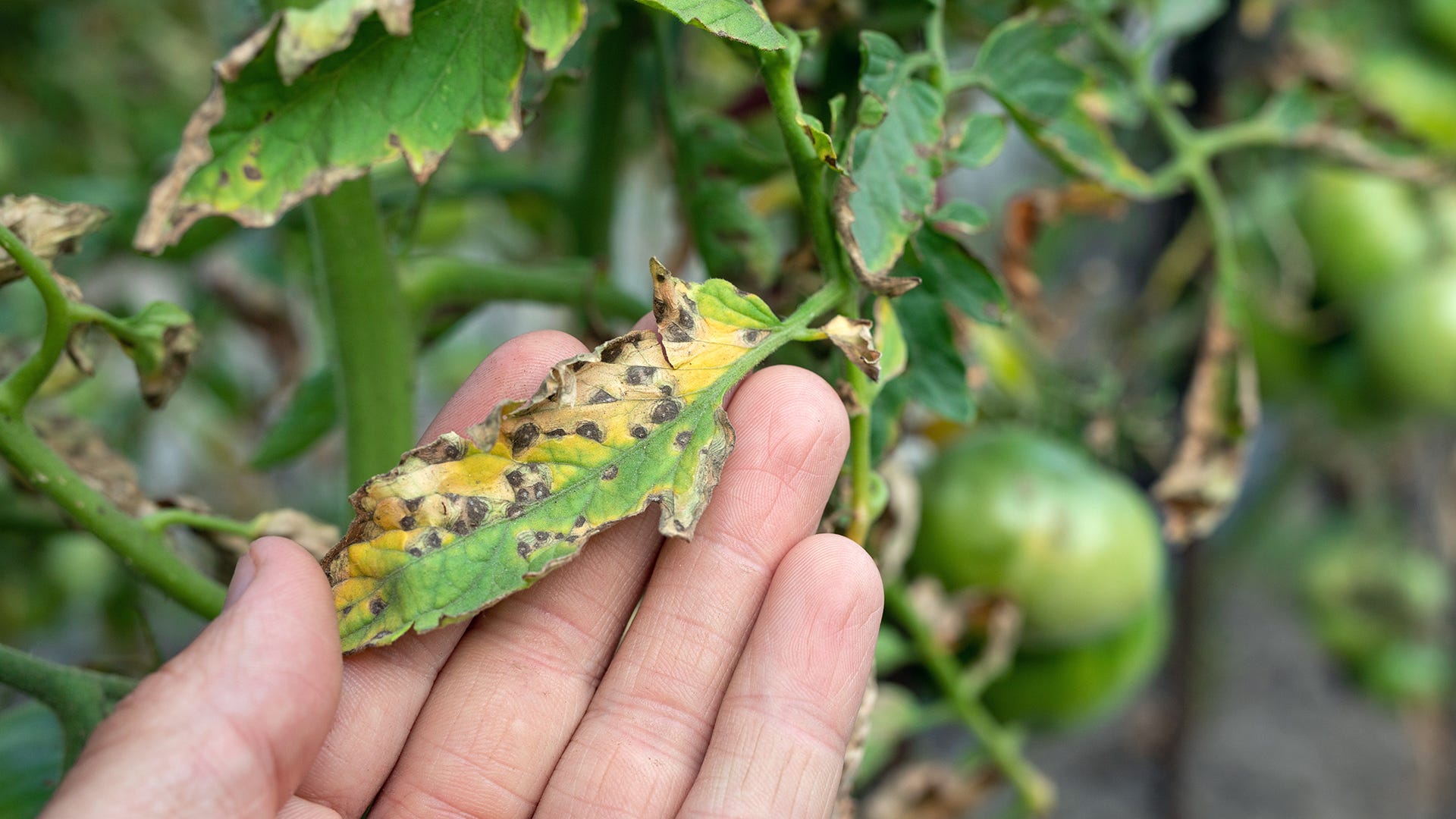Understanding the World of Small Green Insects
Small green insects on plants are an essential part of the ecosystem, contributing to the natural balance of plant life. Proper identification of these insects is crucial to ensure appropriate care for plants and prevent potential damage. These small green insects can include aphids, spider mites, thrips, and other less common species. Each insect has distinct features, habits, and impacts on plant health, making it essential to distinguish them from one another.
Common Types of Small Green Insects on Plants
Small green insects on plants are diverse, with various species having unique characteristics and habits. Three of the most common types of small green insects are aphids, spider mites, and thrips. Aphids are tiny, pear-shaped insects that often appear in large groups on the undersides of leaves. They feed on plant sap, causing leaves to curl or yellow. Spider mites, on the other hand, are not insects but arachnids related to spiders. They are challenging to see with the naked eye, but their webbing can be a clear sign of their presence. Spider mites can cause significant damage to plants by puncturing leaf cells and sucking out the contents. Thrips are slender, winged insects with fringed wings, and they can be yellow, green, or black. Thrips feed on plant tissue, causing discoloration, distortion, and silvering of leaves.
How to Distinguish Small Green Insects: A Visual Guide
To effectively manage small green insects on plants, it is essential to distinguish between different types of insects. A visual guide can help readers identify the distinct features of each insect. Aphids, for example, are tiny, pear-shaped insects that often cluster on the undersides of leaves. They can be green, yellow, black, or red and may have cornicles, or tailpipe-like structures, on their abdomens. Spider mites are not insects but arachnids. They are difficult to see with the naked eye, but their webbing can be a clear sign of their presence. Thrips are slender, winged insects with fringed wings, and they can be yellow, green, or black. Observe the insects’ appearance, behavior, and the damage they cause to plants to differentiate between these common pests.
Assessing the Impact of Small Green Insects on Plant Health
Assessing the severity of a small green insect infestation and its impact on plant health is crucial for effective management. Look for signs of damage, such as discoloration, stunted growth, or leaf curling. These symptoms may indicate that the plant is under stress and may require intervention. A severe infestation can have significant consequences for the overall plant ecosystem, potentially leading to reduced plant diversity and resilience. In some cases, an infestation can even result in the death of the plant, which can have cascading effects on the surrounding ecosystem.
How to Manage Small Green Insect Infestations: Organic Solutions
Managing small green insect infestations on plants organically is essential for maintaining a healthy ecosystem. Consider introducing natural predators, such as ladybugs or lacewings, which feed on aphids and other small green insects. These beneficial insects can help control infestations and reduce the need for chemical pesticides. Insecticidal soap is another organic solution that can be effective against small green insects. Made from potassium salts, insecticidal soap targets the insects’ exoskeletons, causing dehydration and death. Be sure to follow the manufacturer’s instructions and avoid applying the soap in direct sunlight or when temperatures are above 90°F. Cultural controls, such as pruning affected plant parts or removing weeds that harbor pests, can also help manage infestations.
Integrating these organic methods into a long-term plant care strategy is essential for maintaining a healthy and balanced ecosystem. Regularly monitoring plants for signs of infestation and taking prompt action can help prevent small green insects from becoming a significant problem.
Preventing Future Infestations: Best Practices for Plant Care
Preventing infestations of small green insects on plants is crucial for maintaining a healthy ecosystem. Proper watering, fertilization, and sanitation practices can help reduce the likelihood of infestations. Overwatering or underwatering can stress plants, making them more susceptible to pests. Fertilizing plants appropriately, using a balanced fertilizer, can also help maintain their health and vigor. Regularly removing dead leaves, debris, and weeds can help reduce the number of hiding places for small green insects and their eggs.
Plant diversity and crop rotation can also help prevent infestations. By growing a variety of plants, you can reduce the likelihood of a single pest species becoming a significant problem. Crop rotation can help break the life cycle of small green insects, making it more difficult for them to establish large populations. Regularly monitoring plants for signs of infestation and taking prompt action can help prevent small green insects from becoming a significant problem.
When to Seek Professional Help: Signs You Need an Expert
While many small green insect infestations can be managed with organic solutions and best practices for plant care, there are situations where professional help may be necessary. Severe infestations that are difficult to control, rare or invasive pests, or complex plant care needs may require the expertise of a professional pest management service. When selecting a pest management service, look for reputable companies with experience in managing small green insect infestations on plants. Ask for references and check online reviews to ensure that the company has a good reputation and a track record of success.
Maintaining a positive relationship with professionals is essential for effective pest management. Be open and honest about your plant care practices and any previous pest management efforts. Provide clear access to the affected areas and follow the professional’s instructions carefully. While professional pest management services may come at a cost, the long-term benefits of a healthy and thriving plant ecosystem are well worth the investment.
Conclusion: Embracing the World of Small Green Insects
Understanding and managing small green insects on plants is crucial for maintaining a healthy and thriving ecosystem. By learning to identify different types of small green insects and their impact on plant health, you can take appropriate action to manage infestations and prevent future problems. Employing organic solutions and best practices for plant care can help reduce the likelihood of infestations and promote the long-term health of your plants.
Proactive care, observation, and education are essential components of managing small green insects on plants. By staying informed about the latest research and best practices, you can make informed decisions about how to care for your plants and protect them from pests. Encourage others to learn about the fascinating world of insects and plants, and share your experiences and knowledge with them. Together, we can create a healthier and more sustainable world for all living things.








